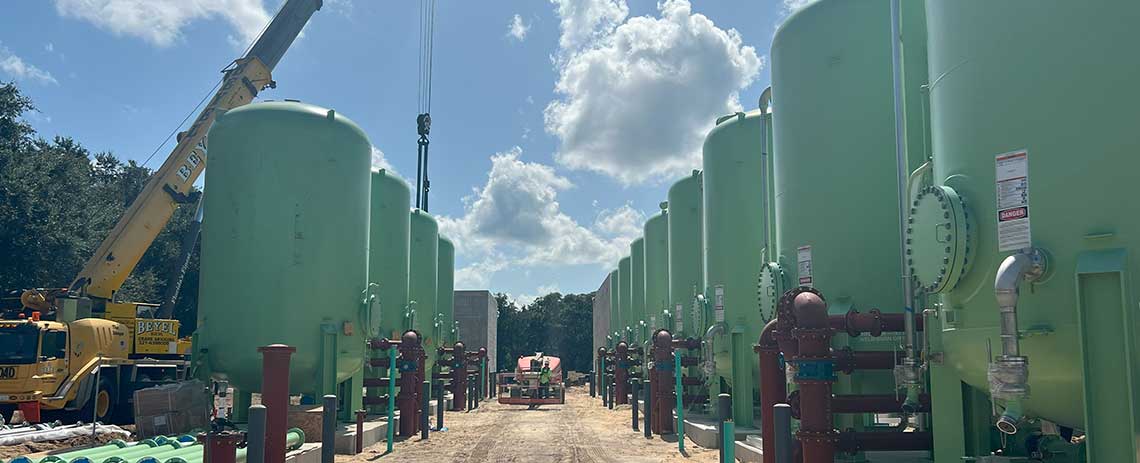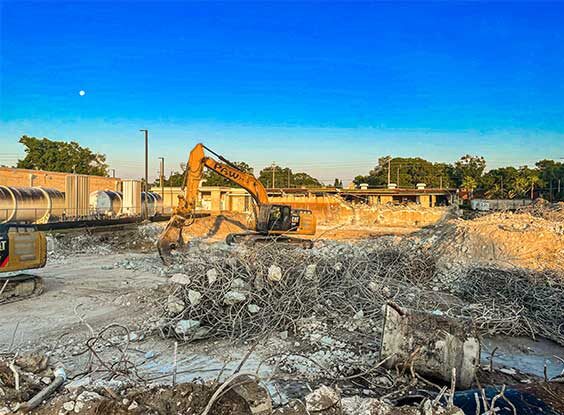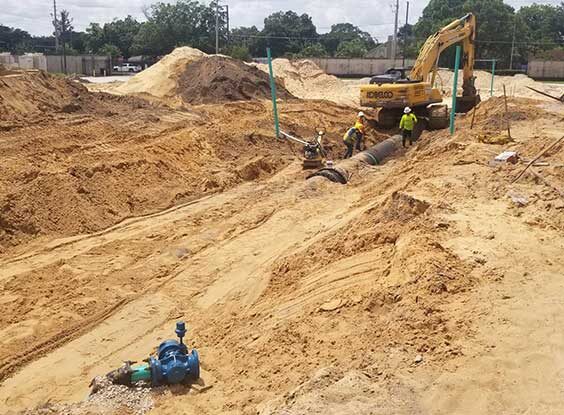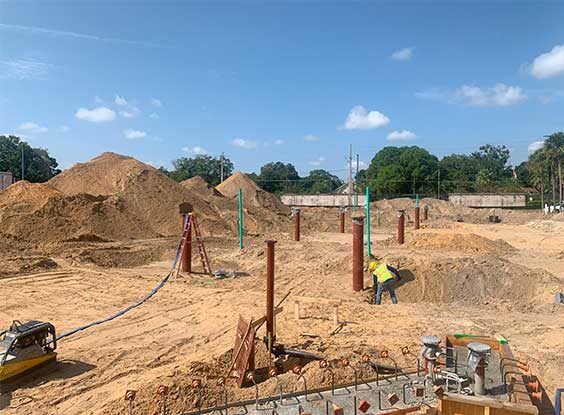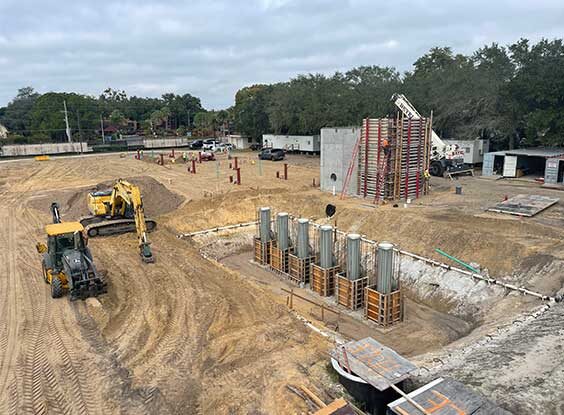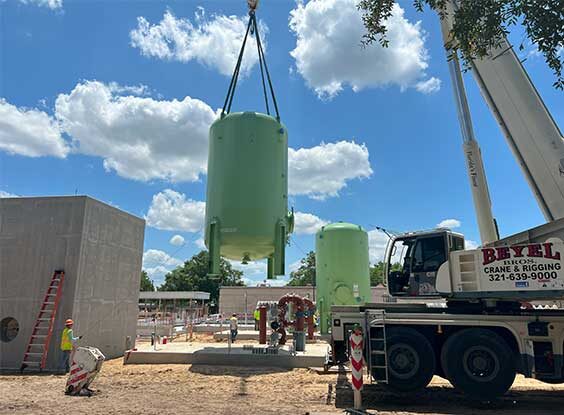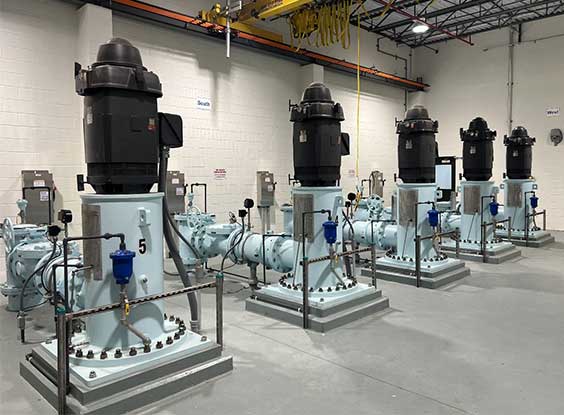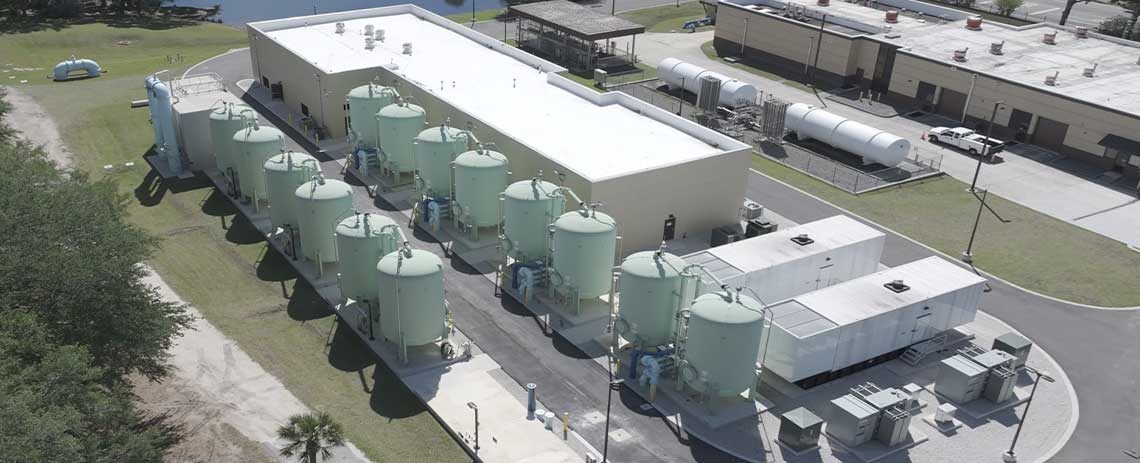Conway WTP - Granular Activated Carbon Contactor System
Location
Orlando, FLValue
$20MDelivery Method
- CMAR
Client Type
MunicipalProject Type
- Plant
The Conway Water Treatment Plant (WTP) faced elevated trihalomethane (THM) levels, leading to accelerated chlorine decay and a decline in drinking water quality. To address these issues, the Orlando Utilities Commission (OUC) selected Garney to enhance the plant’s treatment process through several key updates.
Garney upgraded the plant by installing a post-ozone granular activated carbon (GAC) contactor system to effectively remove THM precursors, resulting in lower chemical costs and enhanced water quality. The project included demolishing an existing water storage tank to accommodate the plant’s new facilities, including a new GAC facility, control building, primary electrical service, and two backup diesel generators. The new GAC facility features 14 vertical pressure contactors, five 100-horsepower (hp) vertical turbine influent pumps for a total GAC treatment capacity of 14 MGD, a backwash storage tank and pumps, motor-operated valves, instrumentation and controls, and a sodium hypochlorite storage and feed system. The new control building has new electrical switchgear, motor control centers, variable frequency drives, a water quality lab, and a backup primary control room.
Installing the 30-foot-tall, 31,000-pound GAC vessels presented a major challenge that required extensive planning and precise execution. The vessels were delivered horizontally and carefully positioned upright using cranes. The crew used booms and whip lines to place the vessels safely and efficiently.
Installing the GAC and sodium hypochlorite systems resulted in significant cost savings and substantial improvements in water quality. The Conway WTP achieved a 37% decrease in total organic carbon (TOC), a 24% decrease in chlorine residual, and a 35% reduction in total chlorine usage. The lower chlorine decay rates also led to approximately 50% less flushing in the distribution system, ultimately conserving water. These improvements have provided the community with higher-quality drinking water and enabled more efficient and sustainable operations for OUC.
